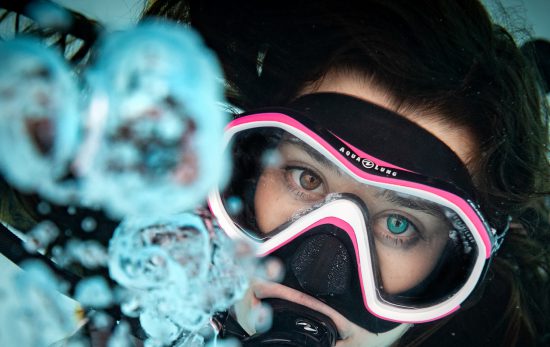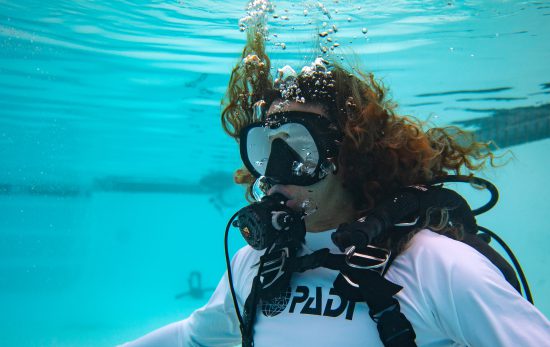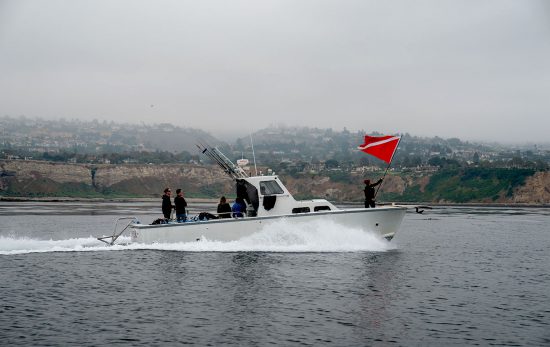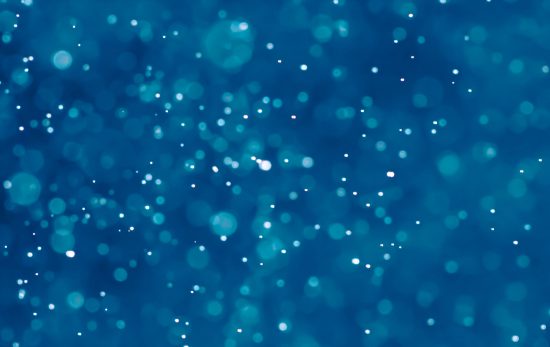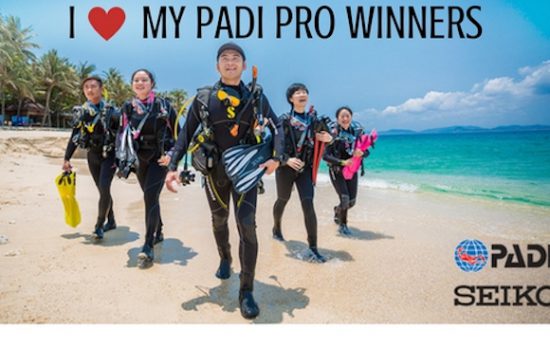When it comes to shooting epic underwater footage with a GoPro, we’ve got you covered with this helpful list of pro tips that considers everything from settings to accessories. However, if you’re now looking to tell a story with those clips, a whole new set of creative factors comes into play.
We connected with GoPro’s Senior Production Artist, Nick Mitzenmacher, to share the lowdown on the most important elements to consider when editing your underwater footage.
What tips would you give someone just beginning the process of editing their underwater GoPro footage?
I would say organization is definitely key when it comes to starting the editing process. If you have your clips organized, you can always refer back to shots if you are looking for something specific. Also, when diving into the actual edit, we typically make our first version longer than what we anticipate the final cut to be. This gives us a solid base to start with and establishes a flow. Once you get that flow going, it’s easier to start trimming clips or areas that aren’t aiding you in telling your story.
How much does personal style and creativity play a role in creating your own video?
Personal style and creativity play a huge role in creating a video of your own. Including your own personal style is something that viewers can recognize you by and it is also just a fun way to share an experience in a way that maybe others haven’t seen . With how readily available cameras are to the world, we of course see more and more content all over the web. I have seen videos of places like Hawaii many times, but there are occasional videos that capture my eye if someone were to get creative with their storytelling or personal style that makes me see Hawaii in a whole new light.
In your opinion, what makes an epic video?
An epic video should have a captivating story to draw me in with captivating visuals to help tell that story.
How does editing underwater footage differ from editing topside clips?
I would say the biggest difference between underwater and topside clips would be the pace of the visuals and story. Underwater typically is just a slower-paced type of action. I think that challenges shooters though because it really makes you focus on the beauty beneath the water at a slower pace.
What mistake do you see most often when reviewing content?
The mistake I see the most is maybe not capturing a wide enough variety of content from different angles. The GoPro is great at getting angles that other larger cameras can’t and is such a versatile little device.
What is your favorite GoPro video of all time?
Oh man, this a tough one. I have been able to work on so many great videos and be a part of the journey of creating all the content we have on our channel, so that makes it super difficult because they all have their own unique stories behind them. If I had to just choose one, I would say it would have to be “Lions – The New Endangered Species” – it shows the power of our little camera being able to capture amazing moments.
https://www.instagram.com/p/BzY6916nuQi/
Mitzenmacher also provided insight on some of the major steps in editing underwater videos:
Helpful Tools
The GoPro App is an absolutely amazing tool for creating on-the-spot automatic edits by using the metadata in your footage. You also have the ability to tweak things here and there to help tell your story well. The app works seamlessly with HERO7 Black, and with the camera’s new AI, “highlight moments” are captured in the automatic edit much more effectively. On the other hand, a professional editing solution such as Adobe Premiere is going give you more control of your video editing as it has full control over your footage.
Style
For a more flowing, mellow style, use underwater shots. It’s calming, and in general underwater provides slower-paced action in a serene setting. For faster, snappier cuts, use all your above-water and land-based shots. These are good opportunities for set-up and closing shots.
Transitions
If you are transitioning your story from above water to below water, we look for match cuts. This is basically when water passes the lens between two different shots. When you match those together, sometimes it looks like magic and you can make two cuts seem very seamless.
Music
This one definitely depends on the story you are trying to tell. Personally, I like to quickly take a pass at the footage I am working with, then will dig into tracks that I like and use the footage to flow with the music. Some editors like to work opposite though; it just depends on personal preference. Also, sometimes there is just power behind a raw, uncut moment living with natural sound too.
Perspectives
We recommend getting a variety of perspectives. Third-person shots set the scenery and give a nice snapshot, whereas point-of-view (POV) shots give a more immersive feeling. It’s ideal to incorporate the best styles into the story you’re trying to tell.
Mac vs PC
Both are great tools and equal in my opinion. Most of it depends on the specs inside your computer to help speed up the data-intensive programs to edit as they take a lot of power.
Length
It depends on where you are sharing the video. Something for Instagram should be no more than 60 seconds. If you’re posting to YouTube or Facebook, you can go longer, but we always recommend keeping videos shorter to keep the viewer captivated.
Want FREE access to GoPro Quick? Join PADI Club today to activate your complimentary three-month subscription and take advantage of the other money-saving benefits of being a PADI Club member, like discounts on PADI certification cards, eLearning courses and Salt Life Gear.

